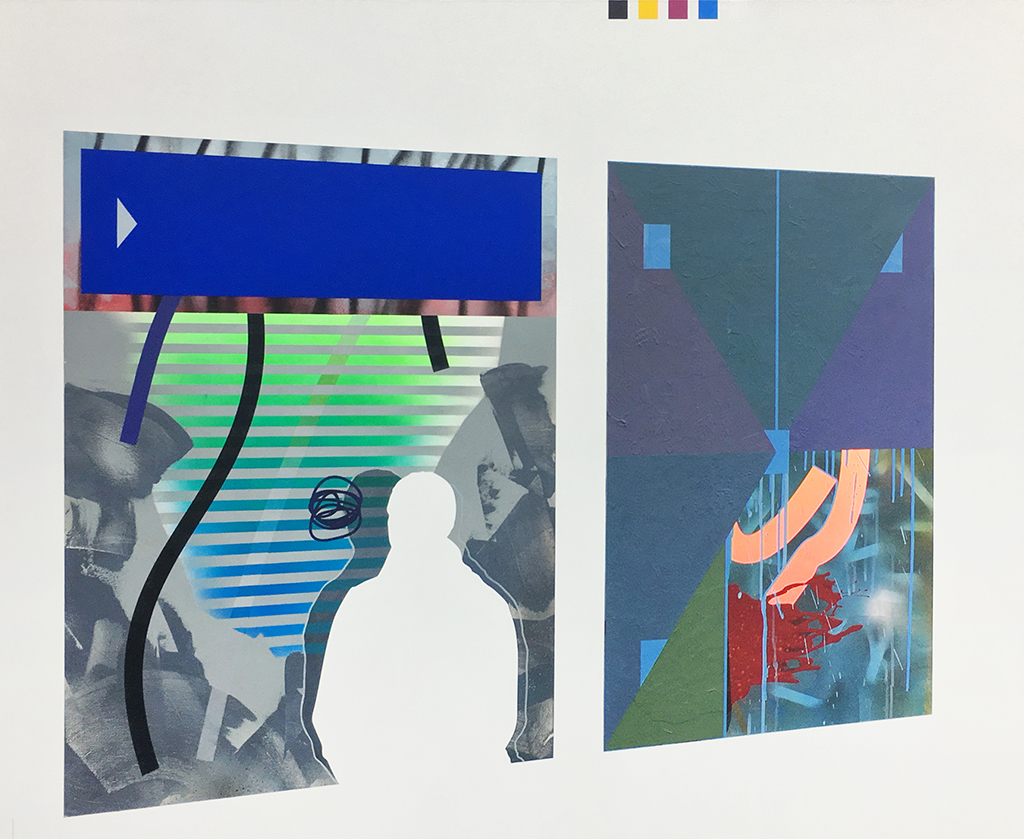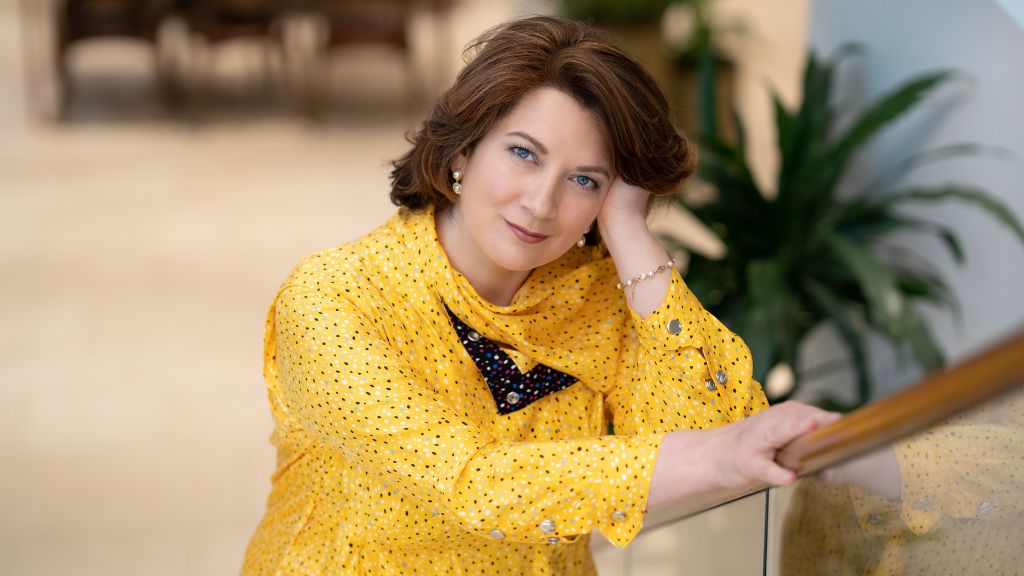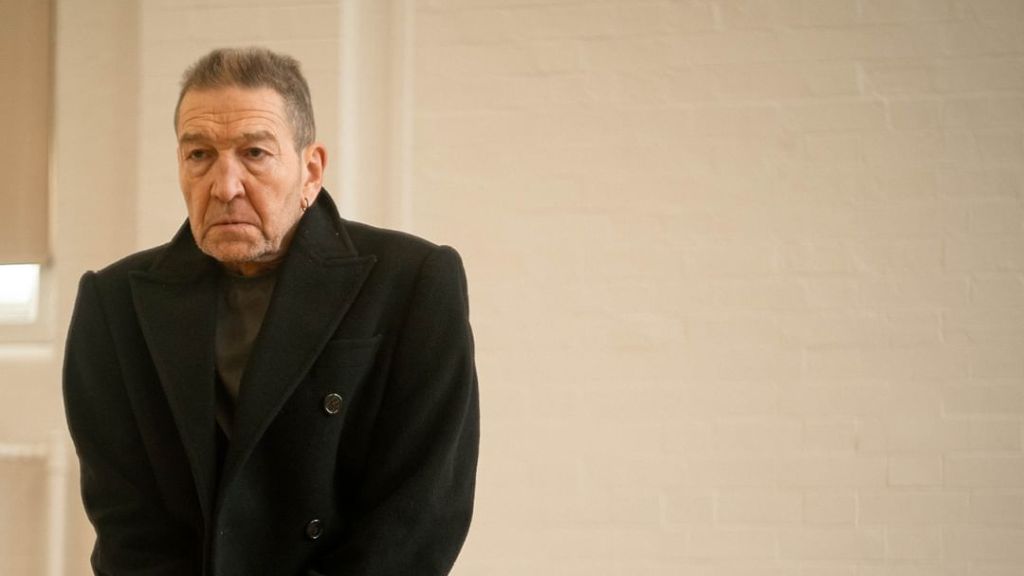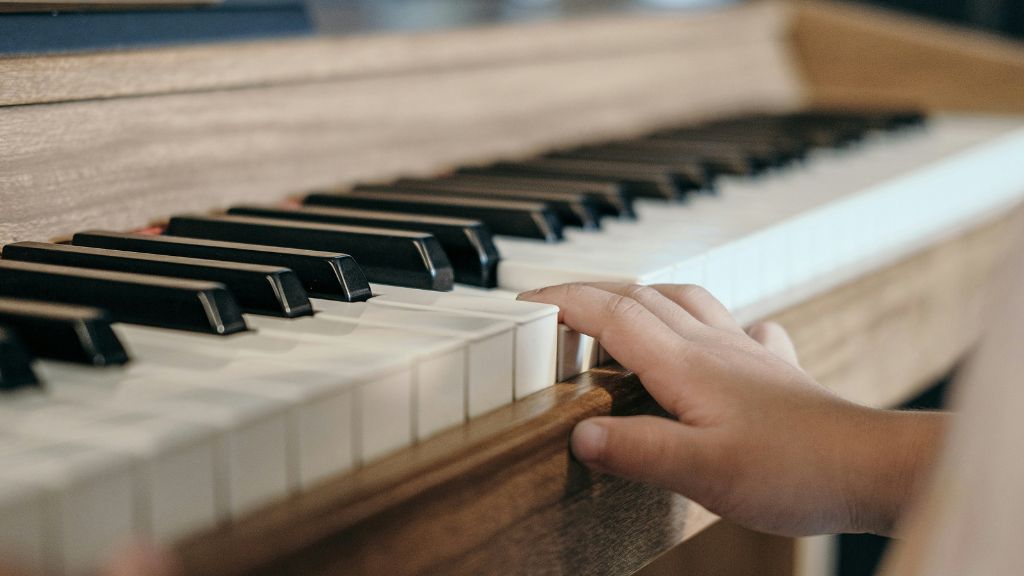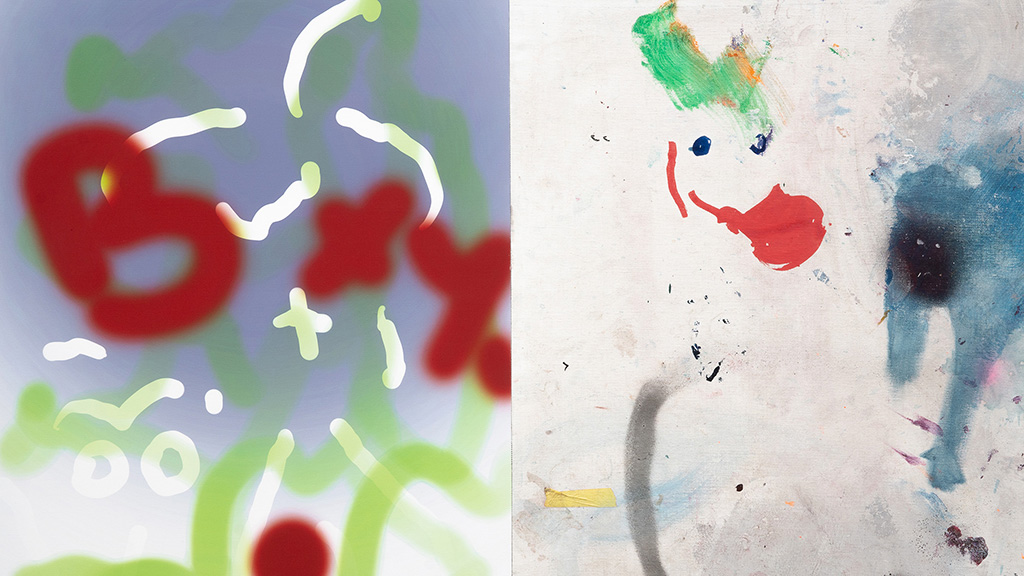
Vladimir Logutov: an artist rethinking the relationship between art and the viewer
Afisha.London magazine continues its column where it talks about talented artists, musicians, poets and designers. The hero of this material is Vladimir Logutov, an artist who reflects on the role of art in the modern world.
Vladimir Logutov is an artist crucial for the landscape of Russian contemporary art over the past fifteen years. His artistic practices reflect upon the conditions for the existence of art in the modern world, visual thinking and the communicative structures it generates. Logutov’s works can be found in the collections of the State Tretyakov Gallery, the FRAC Bretagne Museum in France, the Moscow Museum of Modern Art, as well as in many private foundations.
Follow us on Twitter for news about Russian life and culture
The artist was born in Samara and studied there at the Faculty of Fine Arts at Samara State University. In one of the early video works Twilight, the artist comprehends the experience of observing everyday life through the introduction of paradoxical elements into the picture. Subsequently, this work was included in the second volume of Antonio Geusa’s History of Russian Video Art. In that time, one of the first exhibitions of the artist’s works outside of Russia also took place. The exhibition was the result of a study and residency at the Stuttgarter Kunstverein e.v. in Stuttgart in Germany.
Later, Logutov created the Laboratory collective and, in accordance with the name, explored the forms of interaction between artists and spectators. Thus, the focus of Logutov’s interests shifts from the area of art autonomy to the area of communication, which he perceives as “a field for artistic work.”
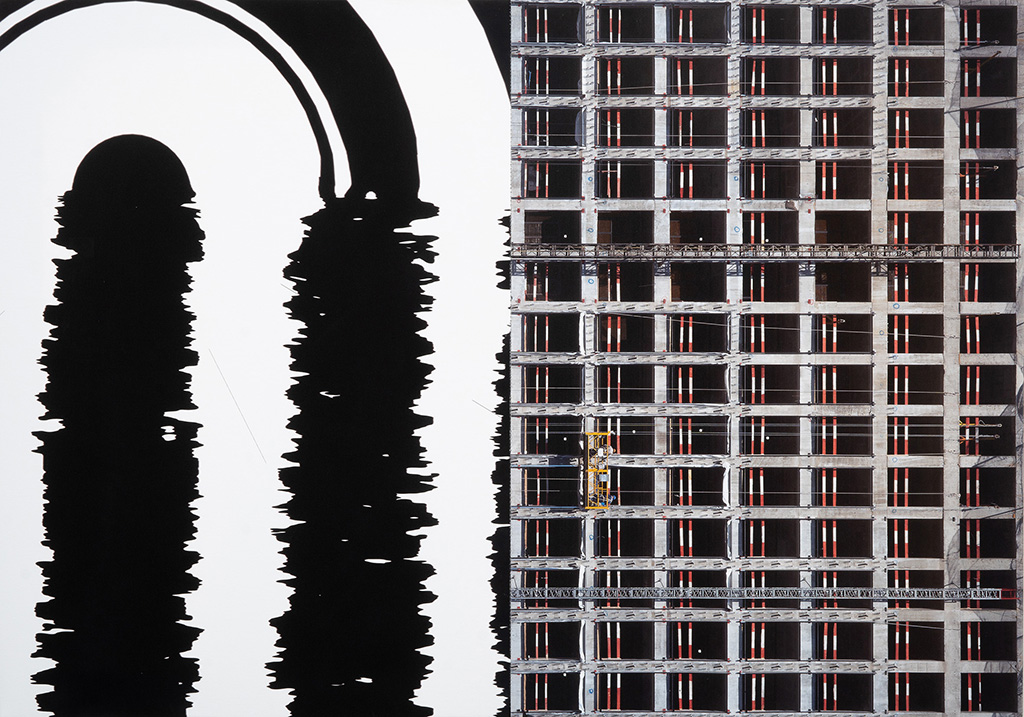
Vladimir Logutov, Open Workshop, 2021
The interest in communication is also responsible for the emergence of Logutov’s curatorial projects, among which there are Not a Museum. Laboratory of Aesthetic Suspicions created as part of the international biennale of contemporary art “Manifesta-10” in 2014 and a series of projects in the Vladimir Smirnov and Konstantin Sorokin Foundation, which began in 2013.
The curatorial approach is another point of view on art, outside the direct act of creativity. Logutov also “curates” his artistic activity, creating works that are based on the configuration of the exhibition space. Moving away from the hermeticism of the relationship between the author and the work, the artist, on par with the viewer, questions how and why the art exhibition works. The Shadows series, shown as part of the Additional Element exhibition at the Stella Art Foundation, depicts the shadows of viewers and objects in the exhibition.
- Vladimir Logutov, The Next Level, 2017
- Vladimir Logutov, The Next Level, 2017 (fragment)
The study of exhibition practices continues the series of works Meetings, launched in 2013, as well as the exhibition The Next Level, which took place in 2017. Objects of graphic, pictorial and video works, as well as video are others works of art and silhouettes of spectators, inscribed in exhibition spaces. According to Alexander Zhuravlev art critic, Master of Arts, senior lecturer at HSE University School of Design, author of books, articles and education courses on Russian and western contemporary art, the traditional pictorial model of painting, which encourages the viewer, with the help of optics and, in particular, perspective, to take a certain place in the system of art and its exposure, is rethought through deterritorialization. Logutov’s works do not dictate the viewer, the painting and the exhibition their destiny and boundaries, but open new opportunities for traversing them. Looking at the silhouettes of people embedded in a painting or in a video, the viewer understands that his place is taken and is forced to look for a new one. Only when the exhibition turns into a rethinking of exhibition practices, art into a rethinking of art, the viewer can rethink his role too. This strategy is continued in subsequent exhibitions such as Art of the 00’s at the Tretyakov Gallery, as well as in the works presented at the Komi Biennale.
In 2018, Logutov received the Innovation Award in the Artist of the Year nomination, the Joseph Brodsky Prize, and a scholarship from the American Academy in Rome. The international career of the artist to this point included participation in a large number of exhibitions and residency programs, namely Lost in Translation exhibition, as part of the parallel program of the 55th Venice Biennale in 2013, and the 4th Guangzhou Triennial in 2012.

Vladimir Logutov, The Next Level, 2017 (fragment)
In the Good old 2020’s. The Final Avant-Garde show held at the end of 2019 at the Vladimir Smirnov and Konstantin Sorokin Foundation, the artist expands his understanding of communication. Relationships in art are not limited to one artist, work, and viewer, but now include a wide range of other participants, becoming “a network in which objects, life forms, and images interact.”
Logutov’s work Book Project, presented as part of the 2nd Triennial of Russian Contemporary Art at the Garage Museum in 2020, catalogs various assemblages emerging within the art world with the participation of viewers, works, their sketches and reproductions, exhibition areas and captions.
Shown at the Sphera Foundation in 2021, the Open Workshop project complements the multiplicity of the art world with artifacts from the digital and post-digital world. Images, becoming parts of a diptych or triptych, demonstrate a fundamentally different nature or ontology, which indicates the heterogeneity of the post-digital. The transition from “exhibition” to “workshop” is a transition from causes and effects to events that occur in artistic mind independently of each other, from a consistent reading of images to their coexistence, and from one world of art to a multitude.
Cover photo: Vladimir Logutov, Open Workshop, 2021 (fragment)
Read more:
Kristina Sun: a drummer who inspires people
Alisa Lisovskaia: curator, art historian, art consultant
Royal Opera House will hold a series of events in support of Ukraine
SUBSCRIBE
Receive our digest once a week with quality Russian events and articles

